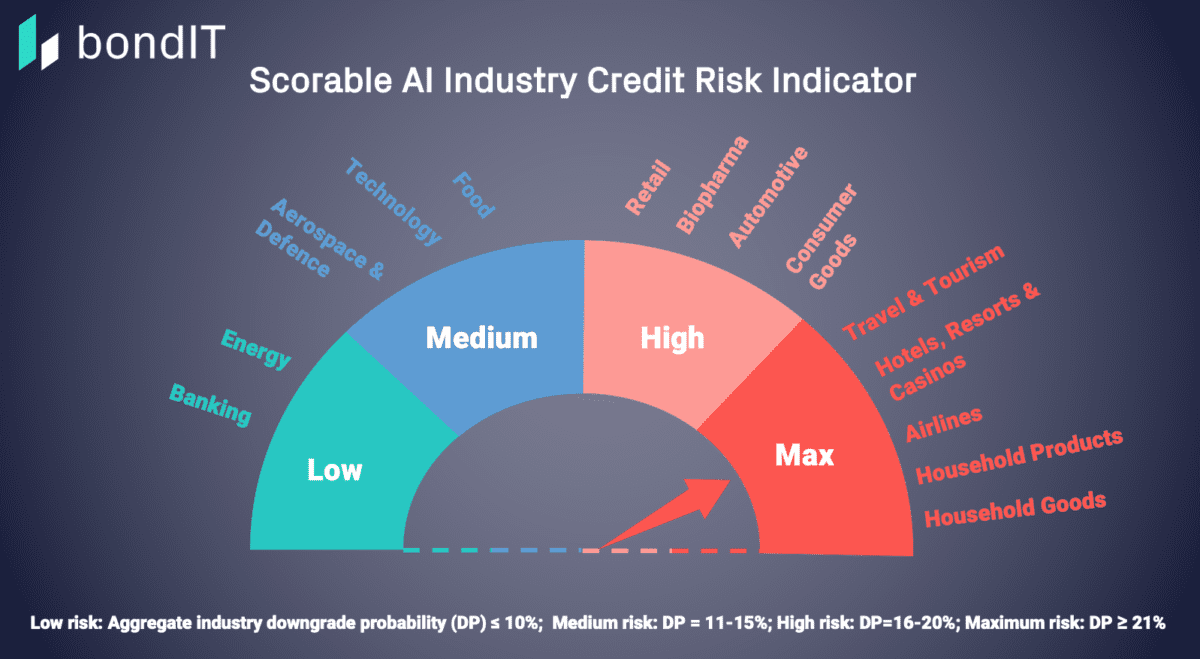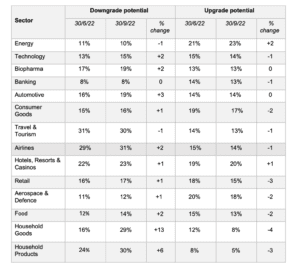Managing fixed income high yield bonds is faster and more efficient with bondIT. We have developed intuitive fixed income technology to work with your business to deliver efficient, compliant and cost-effective investment strategies which not only ensures that fixed income portfolio management takes less time and effort but also ensures that investor objectives are met and exceeded.
What are Fixed Income High Yield Bonds?
Investing in high yield bonds is not so different from choosing regular corporate bonds to buy. Both types of bond are issued by a firm with a promise to pay the agreed interest rate and return the principal amount at the maturity of the bond. A fixed income high yield bond, also referred to as a junk bond, pays higher interest rates proportionate to the level of risk investors incur when they purchase them. These types of fixed income bonds may be opportunities in the corporate bonds market with a lower credit rating than investment-grade bonds. They are usually more likely to default so they must pay a higher yield to compensate investors willing to take the credit risk they pose. A high yield corporate bond may come from startup companies or capital-intensive firms with a higher debt ratio. A ‘fallen angel’ is an investment-grade corporate bond which has been reduced to a junk bond status owing to the issuer’s change in credit status while ‘rising stars’ are bonds with an increased rating, influenced by the issuing company’s credit quality improvement.
Investing in the fixed income high yield bond market can be very lucrative but this is dependent upon the efficient and effective management of the inherent risks. bondIT offers investment portfolio managers a complete asset management system which seamlessly integrates with any enterprise system. You can choose our standard powerful data management features or develop custom fixed income analytics built with our team to ensure client-specific analysis.
How to Reduce the Risk of Investing in Fixed Income High Yield?
One of the biggest disadvantages for fixed income high yield investors is the risk of default. A diversified portfolio is the standard strategy for limiting the risk to an investor’s total return, but this can limit strategies and increase fees for investors. When investors buy fixed income assets issued by individual companies or governments, they can build bond ladders to reduce interest rate risk and avoid fees. However, the individual bonds market is often considered too risky in the high yield bond market.
bondIT delivers new advanced laddering capabilities delivered by our intuitive user interface. When building a fully diversified broad-market portfolio including government bonds, municipal bonds and corporate bonds, bondIT aligns portfolio optimization with client-specific needs, reflecting trends in today’s planning-centric wealth management space. Use the bondIT asset management tools to custom-immunize pre-retirement liabilities including new home deposits or down payments for vacation property, as well as children and grandchildren’s college tuition, ensuring that financial advisors and client managers can prioritize client objectives and meet their investment expectations. Once clients reach post-retirement stages and asset accumulation shifts to decumulation, advisors can efficiently manage income distribution for the duration of retirement using bondIT’s income ladder tool. It has been specifically designed to remain flexible and generate bond ladders and income streams to rate bonds, meet clients’ needs and align with their requirements. bondIT also offers portfolio managers the option of a ‘Solve Anyway’ feature, developing investment proposals and strategies even when constraints seem infeasible.
Volatility of Fixed Income High Yield Bond Market
The fixed income high yield bond market is much more volatile than the investment-grade bond market with high yield bonds as an asset class reporting some of the biggest losses in value throughout 2008. Generally speaking, the volatility of the fixed income high yield bonds is closer to the stock market than it is the investment-grade bond market. Small investors are generally advised not to buy individual high yielding bonds due to the risk of default with high yield fixed income ETFs and mutual funds usually considered less risky choices for investors.
Intelligent Fixed Income Risk Management Solutions
bondIT delivers a range of powerful fixed income investment options and analyses of fixed income funds through an easy to understand and intuitive user interface. Review intelligent fixed income risk management solutions drawn directly from real-time data inputs, with the capability to drill down into any data point. Our platform enables portfolio managers to deliver better, more efficient outcomes for their clients by optimizing internal workflows and delivering a single point from which relevant and actionable proposals can be seamlessly generated, reviewed and implemented. We help you react faster and put in place bond market responses that generate less risky investment opportunities for fixed income securities and smart rebalancing fixed income options.
From the dashboard, you can review and examine investment exposures and bond allocation across the entirety of your portfolios or only a subset of them. Drill into individual characteristics to identify the underlying source exposure and then use our smart algorithms to generate suggested fixed income trades. Compare bondIT’s analysis with your ideas to develop the best strategy for reallocating exposures in fixed income bonds. A proposal can be generated in a matter of minutes using bondIT, rather than potentially hours of trawling through possibilities and analysing potential scenarios for increasing yield of corporate bonds.
bondIT is designed to support portfolio managers doing what they do best – remaining on top of emerging fixed income high yield developments and delivering client needs by optimizing bond funds. Contact us today to discuss what bondIT can provide for your business.



